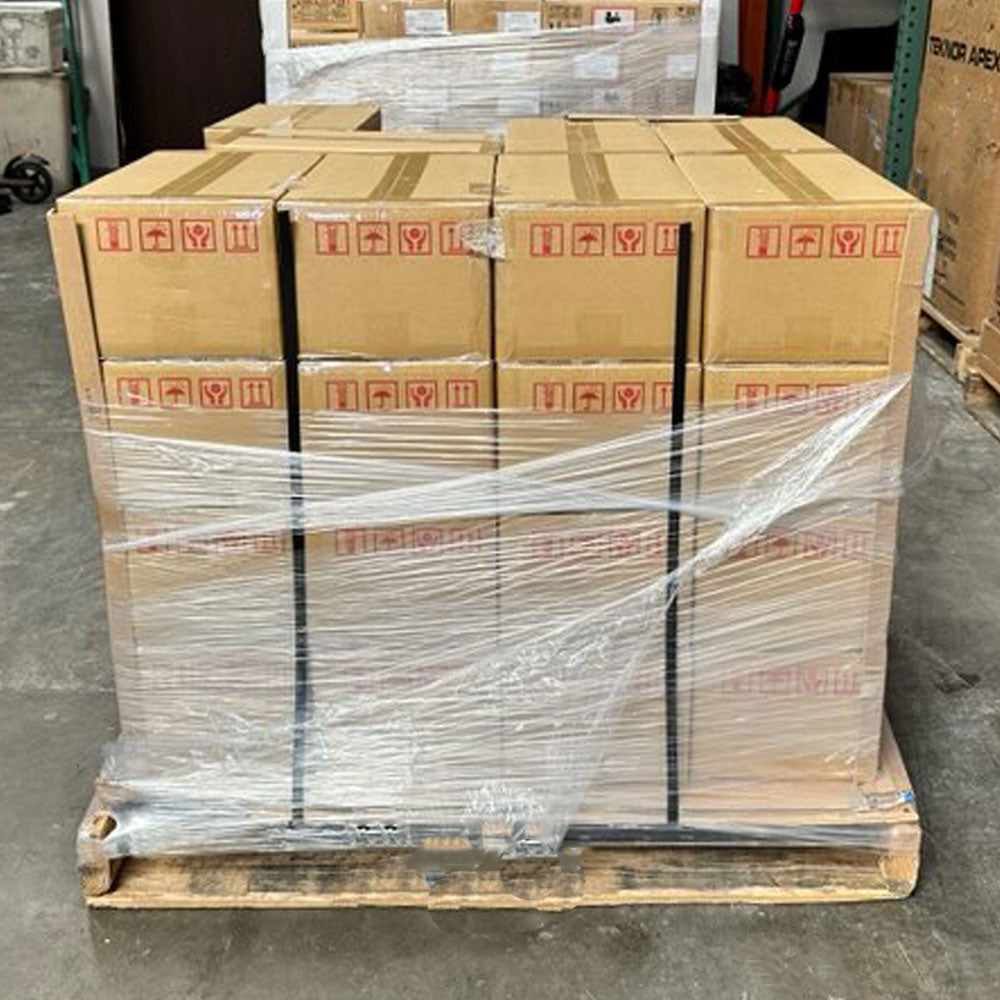NW-Bound
Give me a museum and I'll fill it. (Picasso) Give me a forum ...
- Joined
- Jul 3, 2008
- Messages
- 35,712
People who contemplate or may simply be curious about DIY solar+battery systems can watch the YouTube channel by David Poz.
This fellow is not an engineer (you don't need to be one to DIY a solar system), but he has done more tinkering and building stuff than other YouTube channels I have run across. He actually tries to go off-grid and I don't know if he has cut the cord, but he knows it's really tough to do so in the winter when his panels are covered with snow. He has investigated and built several specialized generators to charge his battery when the PV panels cannot deliver.
I have lost track of how many large batteries he has built from used lithium cells. It is obvious that he keeps on building to have material for his channel, and must have given away or sold his older batteries.
This fellow is not an engineer (you don't need to be one to DIY a solar system), but he has done more tinkering and building stuff than other YouTube channels I have run across. He actually tries to go off-grid and I don't know if he has cut the cord, but he knows it's really tough to do so in the winter when his panels are covered with snow. He has investigated and built several specialized generators to charge his battery when the PV panels cannot deliver.
I have lost track of how many large batteries he has built from used lithium cells. It is obvious that he keeps on building to have material for his channel, and must have given away or sold his older batteries.
Last edited:





